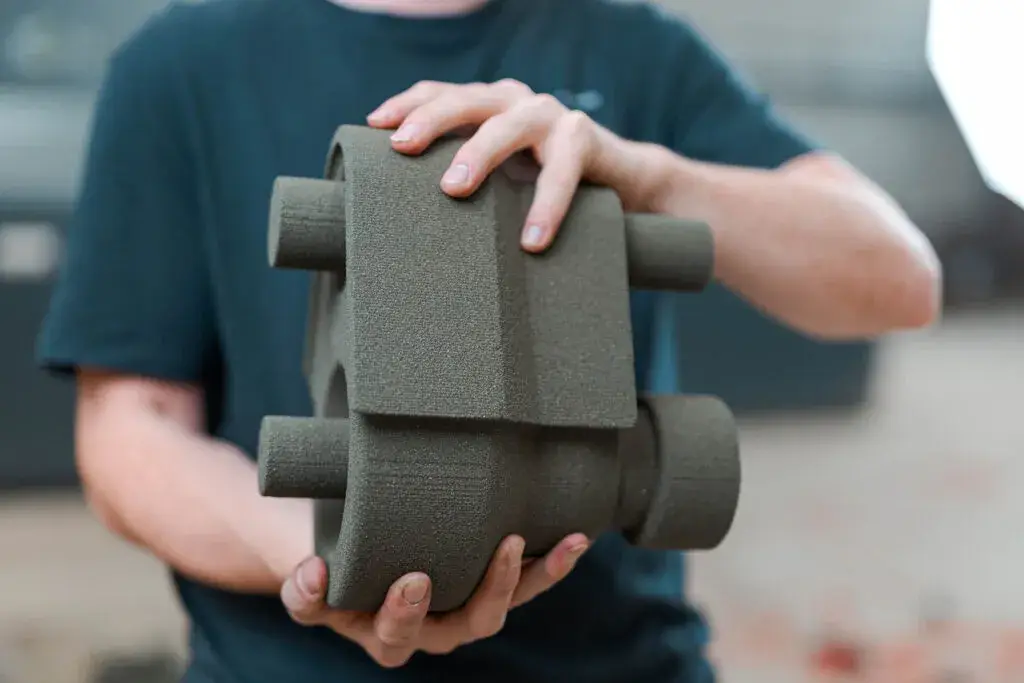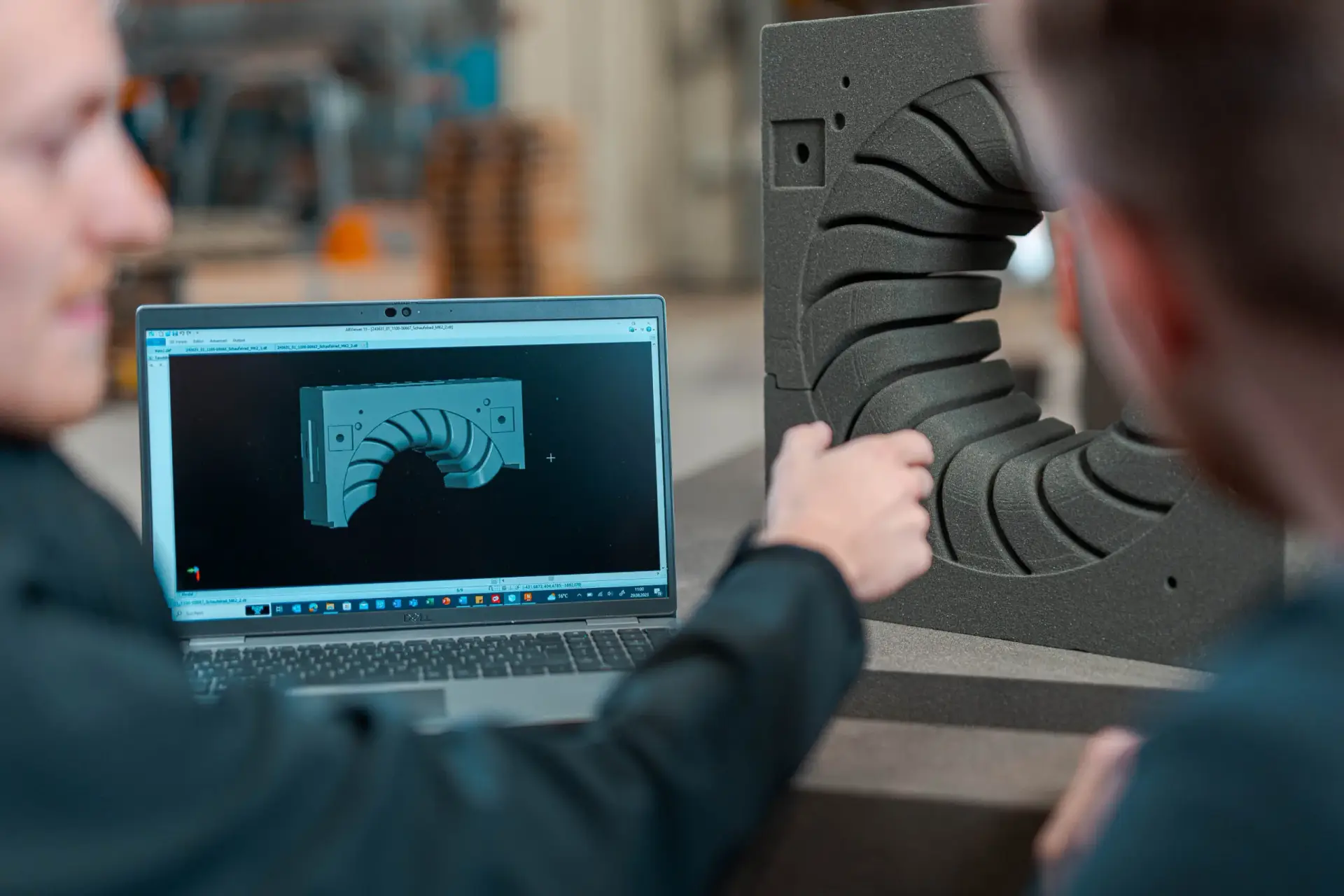
Designers know this: The many advantages of cast parts have so far been accompanied by restrictions in terms of design freedom. Although the permanent wooden model required for traditional mold production can reproduce the later component contour very accurately, it must be possible to shape it, which sets clear limits to the design possibilities.

Complex components are no longer a problem thanks to our 3D sand printing!
© 2025 All Rights Reserved.